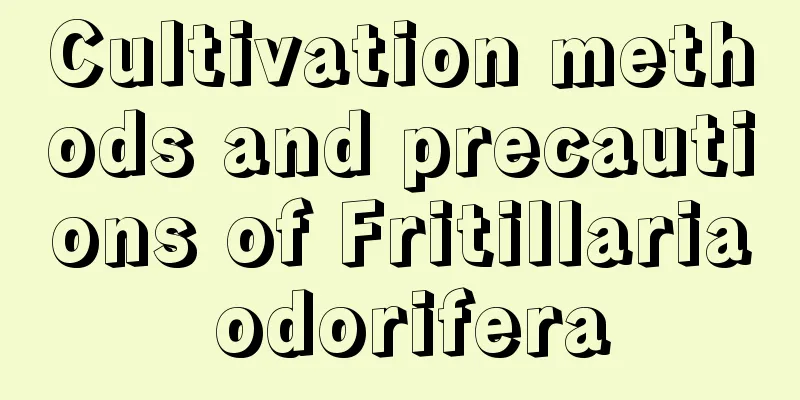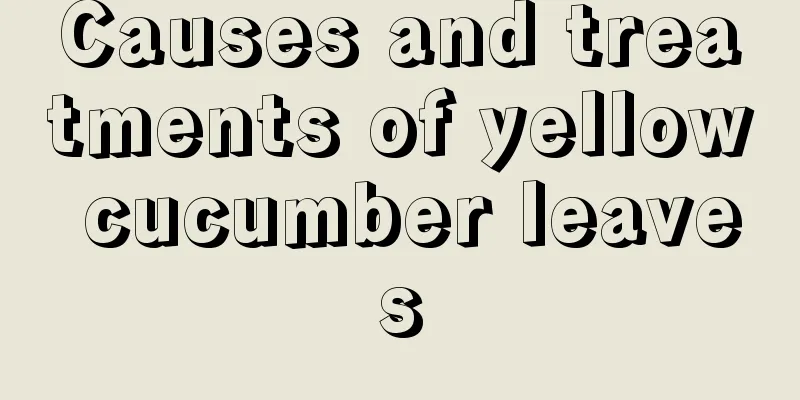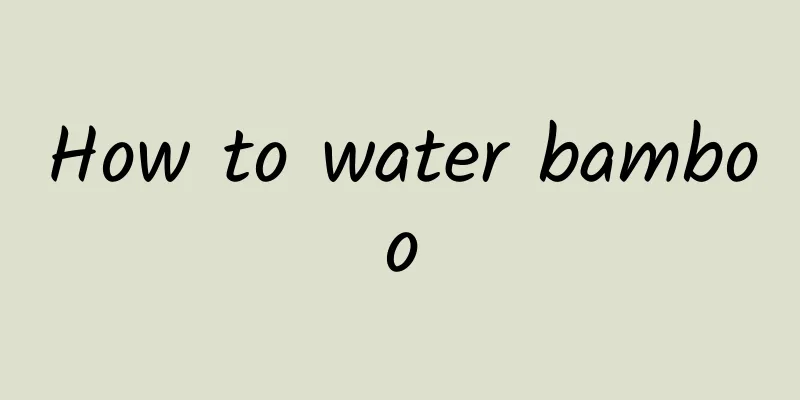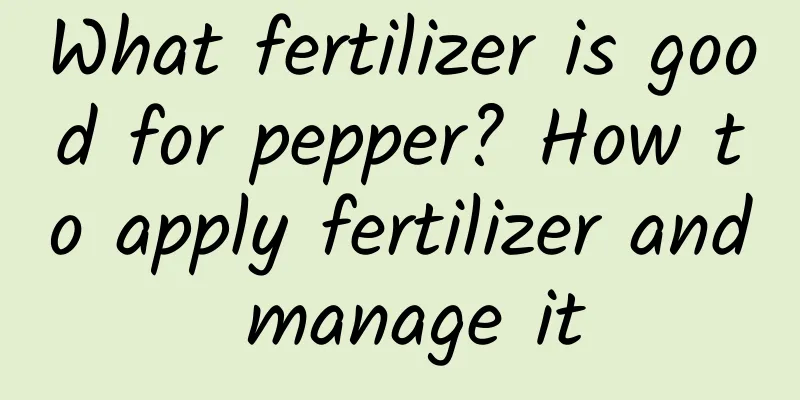How to grow coriander so that it blooms out of the pot?

|
Ten-spice vegetable is a condiment that Henan people are more familiar with. Its correct name should be musk vegetable. It can be eaten as a vegetable and has a strong aroma. In addition, coriander looks similar to mint and is relatively easy to maintain. In the past, almost every household would plant a few pots of it in front of and behind their houses. So how do you grow coriander so that it will bloom like a blooming vegetable? Let’s learn more about it below. All"> 1. Soil selection In order to promote the coriander to bloom as soon as possible, provide loose, breathable, well-drained, fertile, slightly acidic soil. During the potting process, you can use a mixture of ordinary garden soil, decomposed farmyard manure and fine gravel, and disinfect the soil with carbendazim disinfectant to prevent the roots of coriander from rotting. 2. Temperature and light Coriander likes plenty of sunlight, so you should choose a sunny location during the planting process. At the same time, keep the temperature within an appropriate range. Usually, the temperature is around 15-25℃, which can promote the pot to bloom as soon as possible. Note that coriander cannot tolerate low temperatures and should be moved indoors for maintenance in winter. Keep warm. 3. Watering tips When growing potted coriander, water it frequently, but be careful to control the amount of water and do not let the soil be too moist. Generally, water 1-2 times a week, twice each time, once in the morning and once in the afternoon to keep the soil moist. 4. Reasonable fertilization If you want coriander to grow out of the pot, you need to apply fertilizer at the right time. Before planting, you can apply cooked sheep manure or decomposed organic fertilizer . During the flowering and fruiting periods, nutrients such as nitrogen, phosphorus, and potassium should also be supplemented appropriately. When applying fertilizer, be sure to control the concentration at around 30% to avoid burning the coriander seedlings. 5. Pruning and weeding Coriander grows very fast, so you should pay attention to proper pruning to reduce nutrient consumption. It is also necessary to weed in time to reduce competition for nutrients. 6. Disease prevention and treatment Coriander is often threatened by pests and diseases such as aphids, spot disease and mildew. Once related symptoms appear, we must take comprehensive prevention and control measures quickly and decisively. This includes but is not limited to completely removing the pests and diseases attached to the plants to ensure that they do not cause further damage to the plants; at the same time, we also need to prune the branches that have been attacked by the disease in time to prevent the spread and spread of the disease. In general, as a native mint in China, coriander can be cultivated for flowers , used as a seasoning for fresh vegetables, used as an accompaniment to main dishes, or eaten directly as a cold dish. It has a wide range of uses. I wonder if you have ever grown this kind of plant in a pot? Welcome to leave a message for discussion.
|
<<: How to grow and water Strelitzia in winter
>>: How to propagate Strelitzia reginae and how to make it grow side shoots
Recommend
Cultivation methods and precautions of Chinese aloe
1. Flower soil It does not have high requirements...
How to breed dwarf snow wheel
Reproduction method The method available for this...
How to grow and propagate Christmas cactus
1. How to raise 1. Soil: When growing Christmas c...
How to change the soil and pots of large potted plants
The role and requirements of changing soil and po...
When does the multi-headed chrysanthemum bloom (introduction to the flowering period)
1. When The flowering period of multi-headed chry...
The flower died as soon as you changed the pot. What did you do wrong?
Notes on repotting 1. If you are replacing a new ...
Can well water be used to water flowers directly? What flowers are suitable for watering?
Can well water be used to water flowers directly?...
Does the fortune tree like the sun?
Money tree likes the sun The money tree likes the...
Cultivation methods and precautions of Sunset Dance
Dance of the Sunset is a succulent plant that is ...
What flowers are suitable for growing in Linyi? What are the city flowers and trees?
1. Climate characteristics of Linyi Linyi has a t...
What are the southern vegetable varieties? Southern vegetable pictures
The nutritional value of southern vegetables is r...
Cultivation methods and maintenance of old bear's paw piles
Cultivation method of old pile of bear's paw ...
Which variety of Clivia is the most beautiful and which color is the most beautiful?
1. Clivia miniata The Big Victory Clivia is very ...
Can roses be planted at the doorstep?
Can roses be planted at the doorstep? From the pe...
Give the Kalanchoe something like this, and it will bloom out of the pot in less than a month, with all the flower buds hanging on the branches!
It may sound incredible to use egg yolks to grow ...









